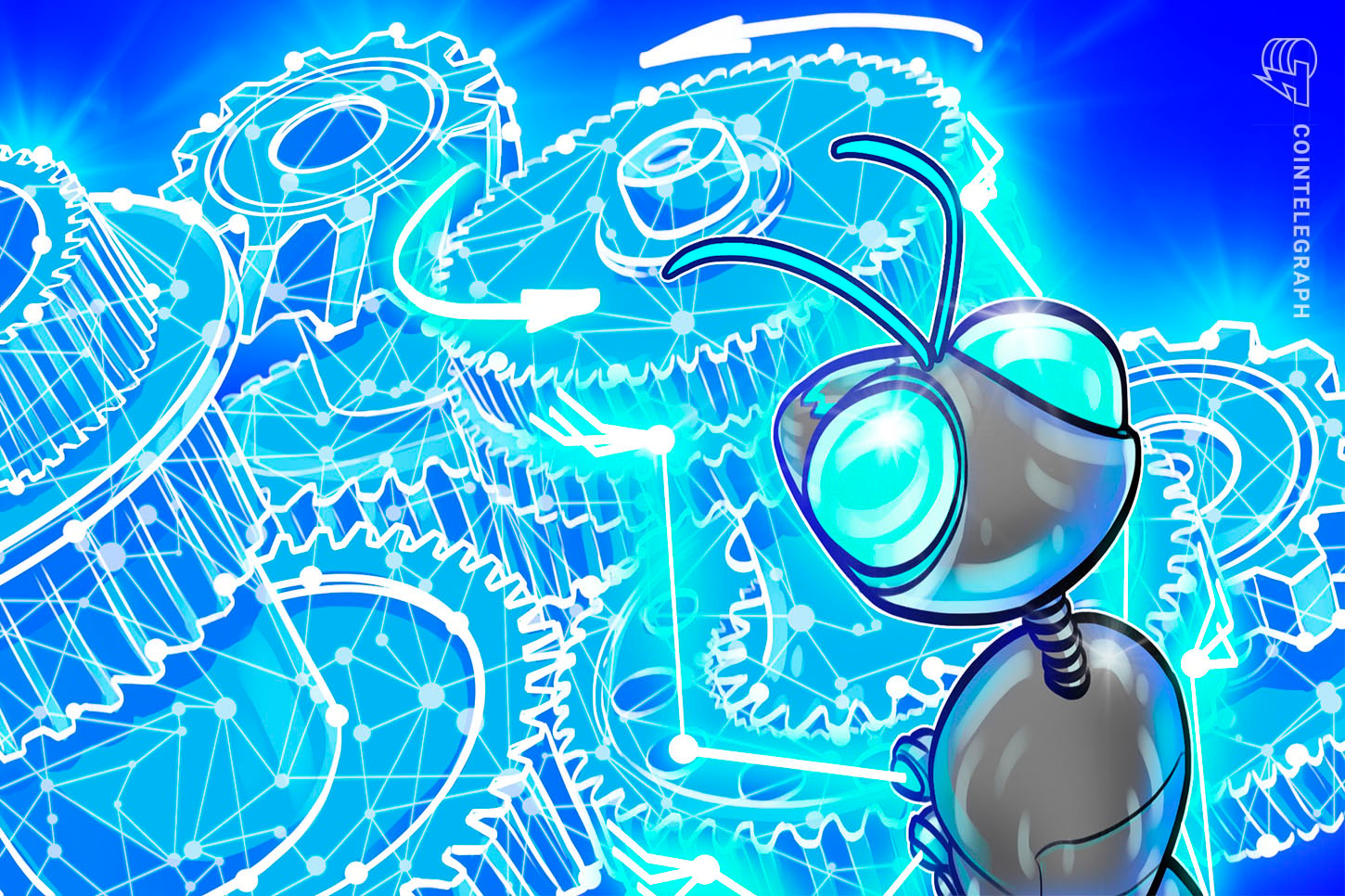
Starknet makes performance improvements a top priority in 2023, aiming to increase throughput, lower latency and reduce transaction costs.
Layer-2 blockchain protocols have been in the spotlight in 2023, bringing major performance improvements to a variety of platforms and services operating in the Ethereum ecosystem.
Zero-knowledge (ZK) proofs have been key in the roll-out of a variety of layer 2s, with the technology pioneered by the decentralized scaling network Starknet. StarkWare, the technology firm behind the scaling platform, has outlined plans to further improve its layer-2 network to meet an expected increase in users and developers through the rest of the year.
Cointelegraph caught up with Eli Ben-Sasson, president and co-founder of StarkWare, to unpack key points set out in a 2023 roadmap for Starknet. Chief among a list of to-dos is performance improvements that are centered around higher throughput and reduced latency of Starknet’s network.
Ben-Sasson highlighted the focus on performance upgrades that are expected to deliver significantly higher transactions per second (TPS) than on Ethereum’s mainnet at lower gas costs:
“The most important thing is for builders and developers to have high throughput so that they can really build. Starknet is about increasing the computational abilities of Ethereum and we just want to provide this raw power to the hands of developers.”
Starknet v0.12.0 is expected to be released in the next month and is the culmination of a six-month sprint that involves transitioning Starknet’s development stack to a Rust-based Sequencer as well as an open-source project that has built a Rust-Cairo virtual machine.
StarkWare open-sourced its programming language compiler Cairo early in 2023, with the language aimed at driving the development of ZK-rollup and validity-proof-powered decentralized applications (DApps).
Related: Privacy, scaling drives use cases for zero-knowledge technology
Ben-Sasson added that Starknet continues to chase an ambitious target of processing at least 10 times the throughput of Ethereum at a tenth of the cost. He highlighted StarkEx’s ability to deliver significant TPS on the decentralized exchange dYdX. StarkEx is another layer-2 scaling engine developed by StarkWare.
At times, dYdX processes up to 54 transactions per second, while the average TPS of Ethereum is around 10–12. Ben-Sasson also noted that these dYdX transactions are roughly four to five times larger than those on Ethereum, which bodes well for the improved scaling capabilities of Starknet in the near future:
“We’re often experiencing practical TPS or gas usage that is orders of magnitude greater than what Ethereum can deal with. I’m very confident that this will also be replicated on Starknet.”
Performance improvements have been prioritized as a result of developer and user feedback highlighting delays in transaction processing on Starknet. The next port of call is the reduction of transaction costs, which will be addressed by targeting the cost of storing data on Ethereum’s mainnet.
“We’re going to roll out Volition, which allows users to opt as to whether they want their data on or off-chain and this will be part of the base layer of the Starknet system.”
Ben-Sasson said the release of off-chain data availability will complement Ethereum’s in-development improvement proposal “Proto-Danksharding” Ethereum Improvement Proposal (EIP) 4844, which will introduce a new type of transaction that carries binary large objects or “blobs.” The EIP fundamentally aims to provide cheaper transactions.
Starknet is also aiming to deliver faster finality further down the 2023 roadmap, which will produce shorter and fixed interval block times on the network. This will be carried out with the introduction of a fee market to prioritize Starknet’s network resources on users’ willingness to pay for transactions, inspired by conventional market systems:
“Market mechanisms are a very good way to solve this. Blockchain didn’t invent this — blockchains adopted this from just the conventional world. That’s how you prioritize resources and allow users to signal this.”
A number of Ethereum layer-2 protocols have begun rolling out ZK-rollups to further improve efforts to provide faster and cheaper transactions to the smart contract blockchain network. This includes the likes of Polygon and ConsenSys.
Magazine: Here’s how Ethereum’s ZK-rollups can become interoperable

You can get bonuses upto $100 FREE BONUS when you:
💰 Install these recommended apps:
💲 SocialGood - 100% Crypto Back on Everyday Shopping
💲 xPortal - The DeFi For The Next Billion
💲 CryptoTab Browser - Lightweight, fast, and ready to mine!
💰 Register on these recommended exchanges:
🟡 Binance🟡 Bitfinex🟡 Bitmart🟡 Bittrex🟡 Bitget
🟡 CoinEx🟡 Crypto.com🟡 Gate.io🟡 Huobi🟡 Kucoin.



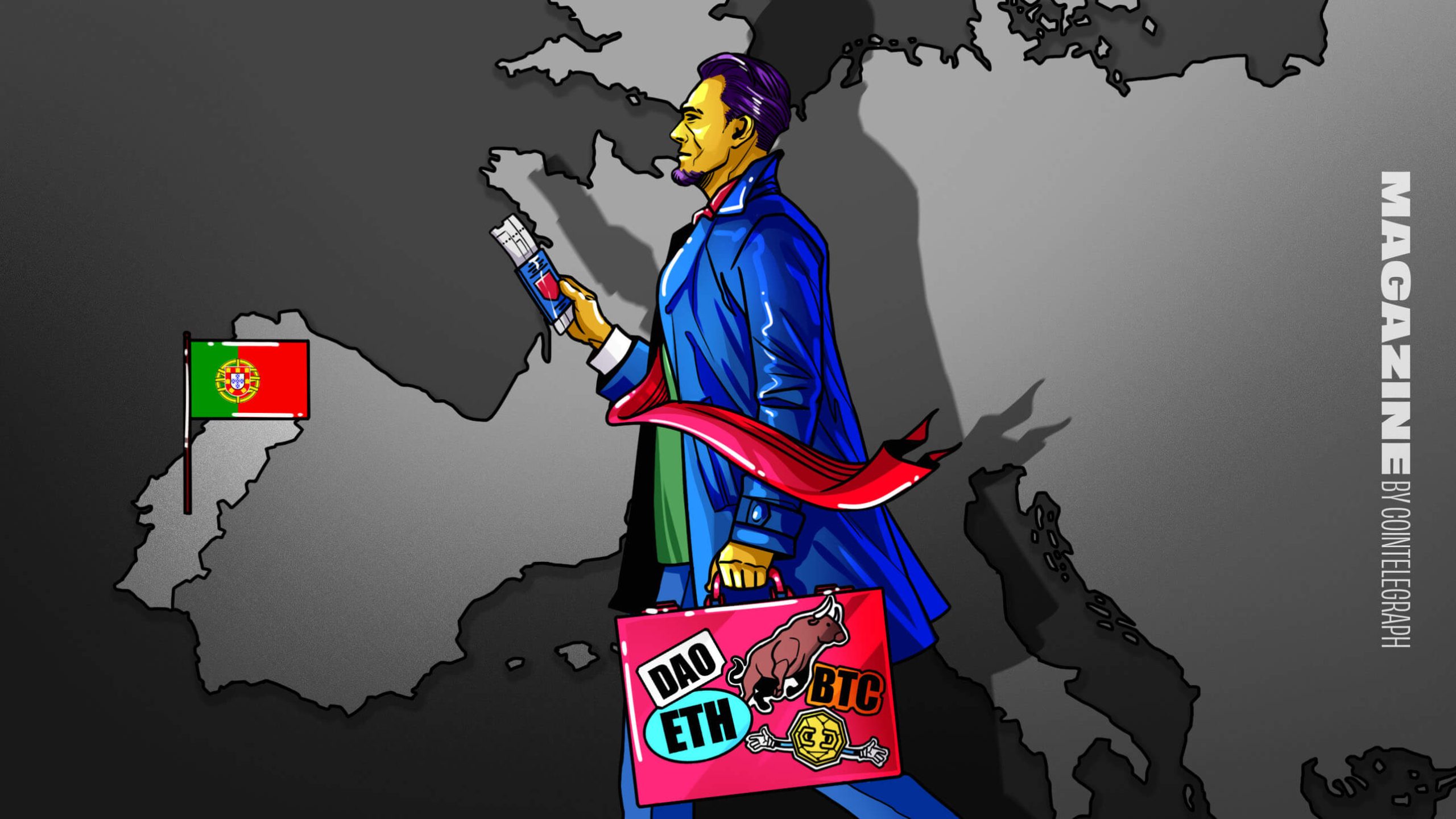

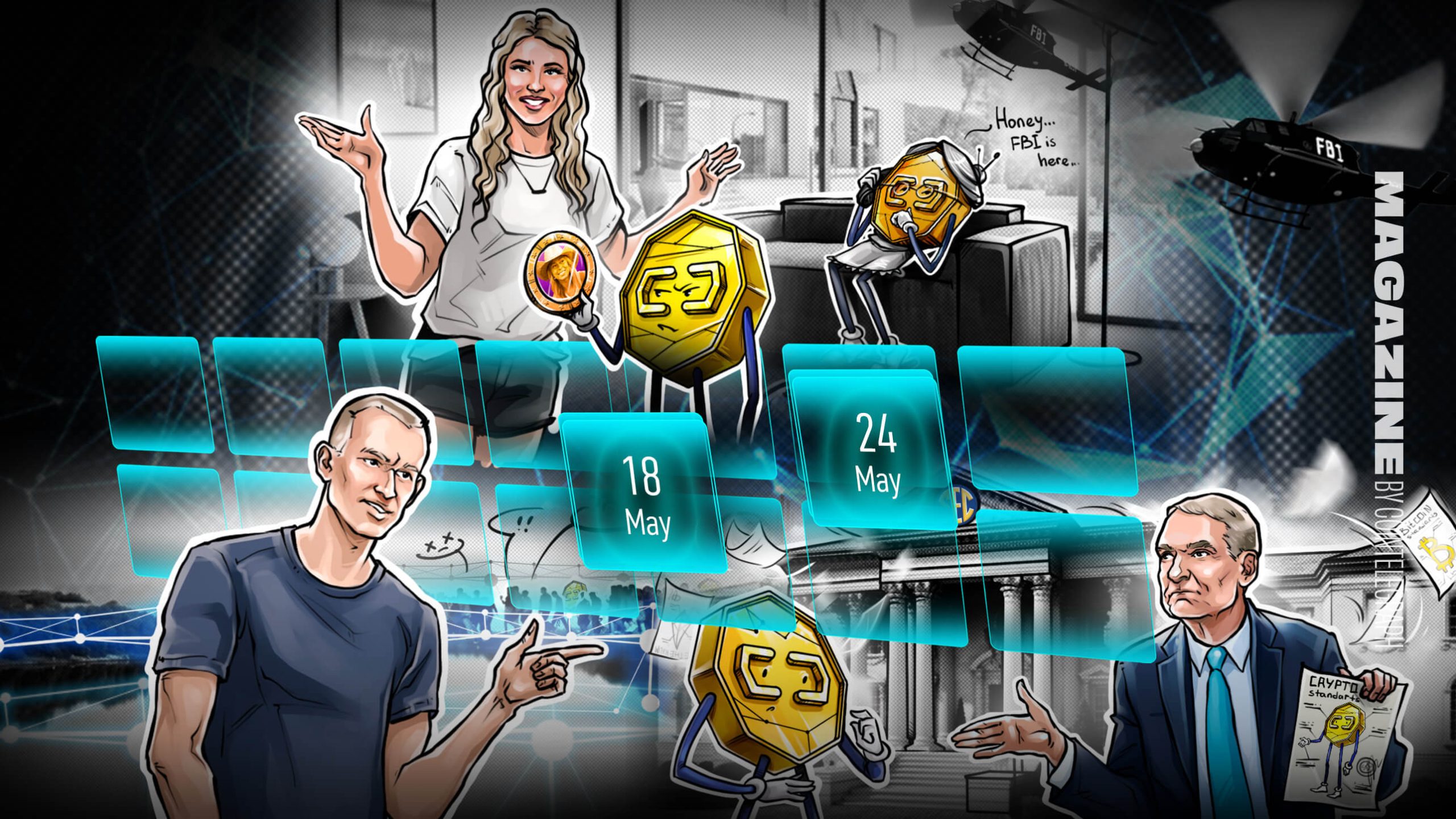


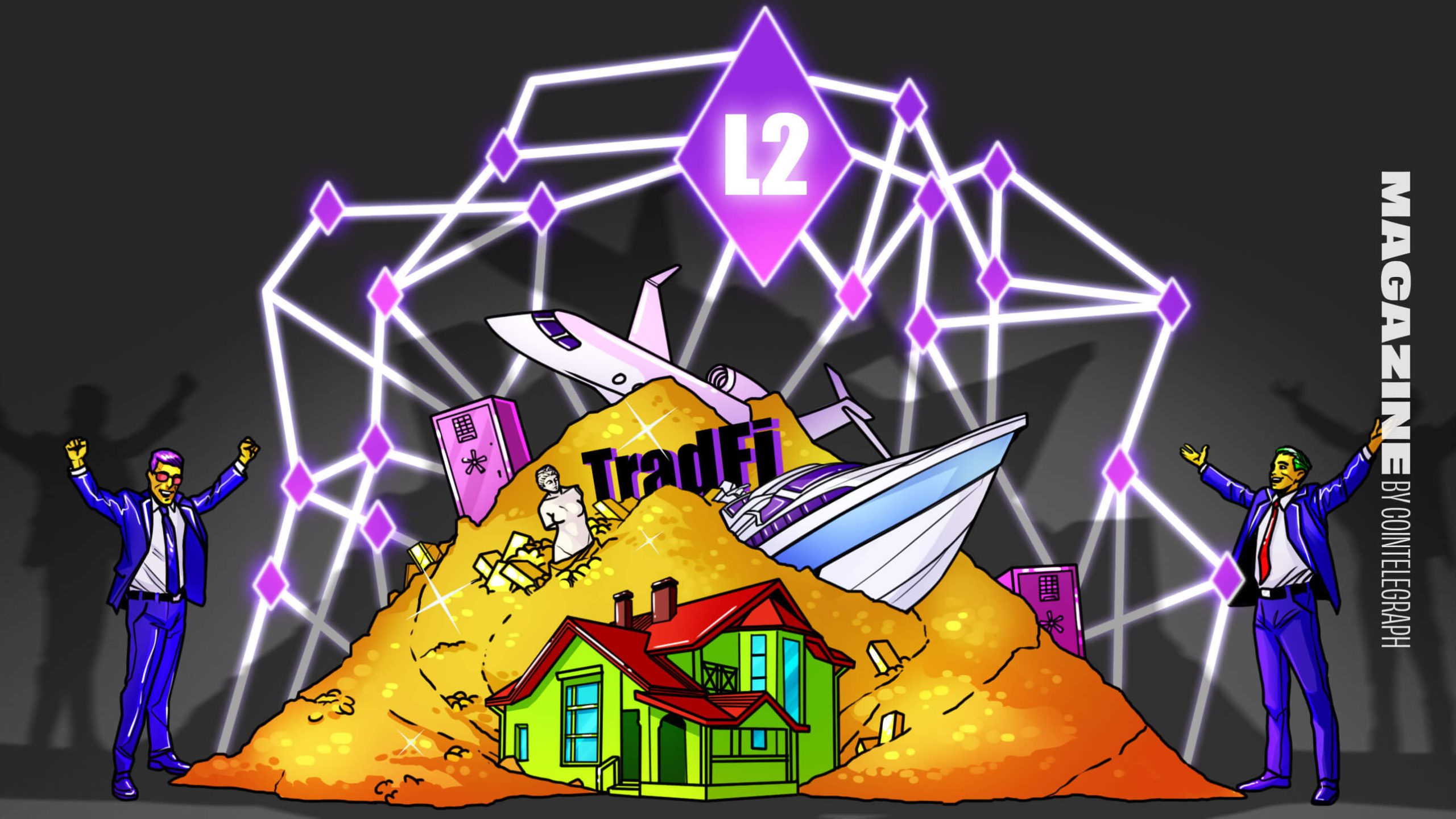

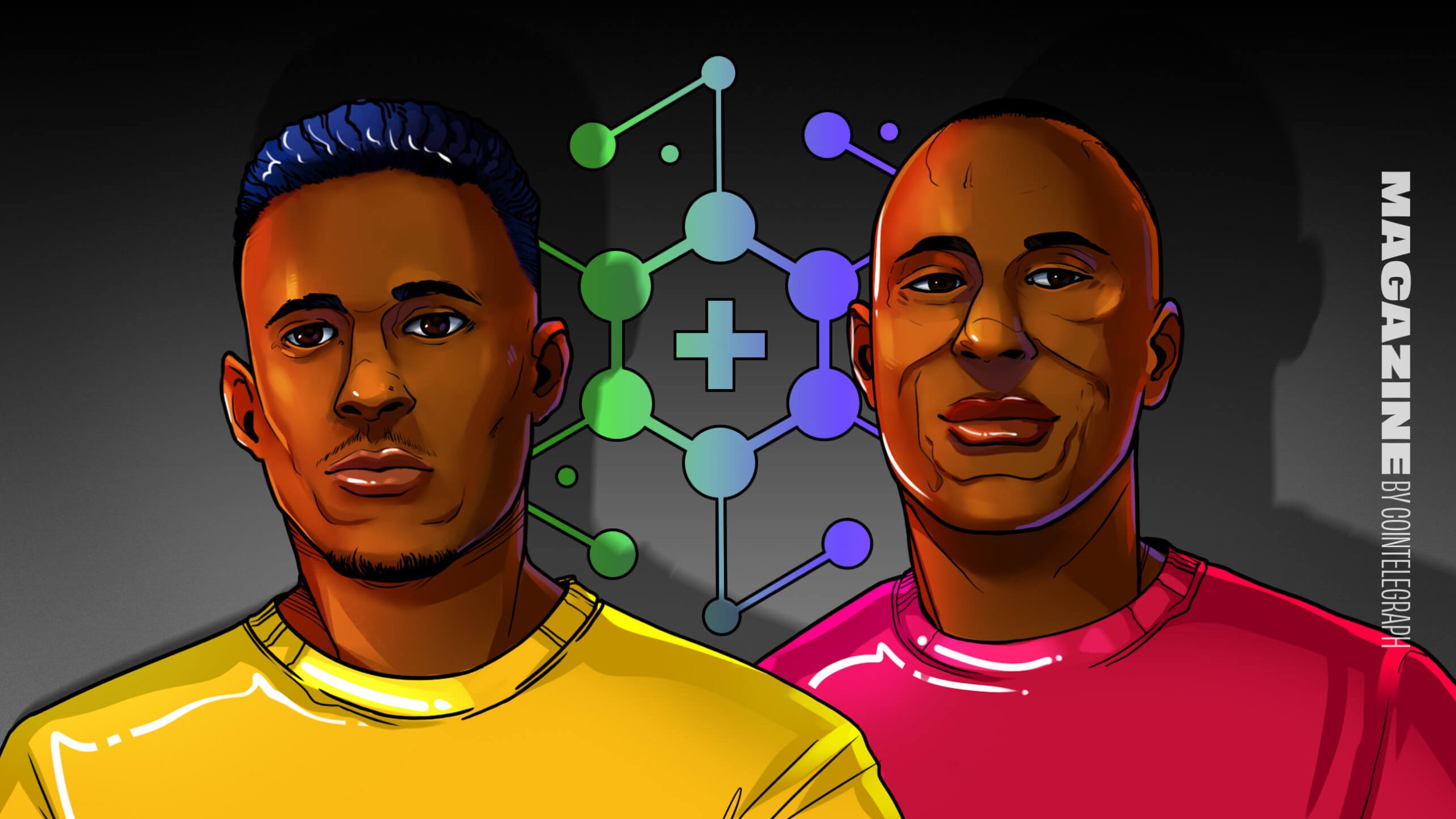









Comments